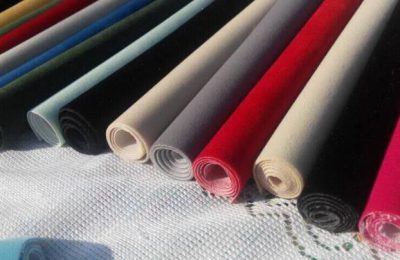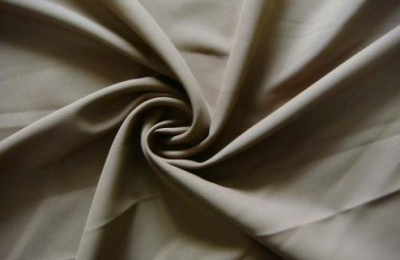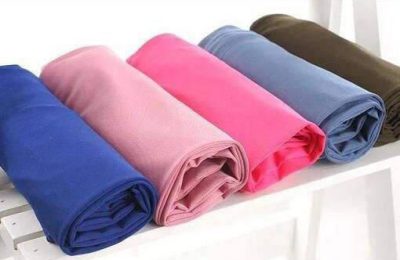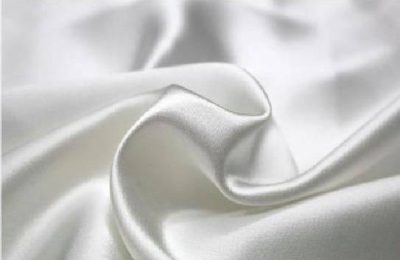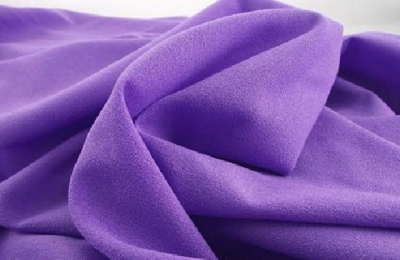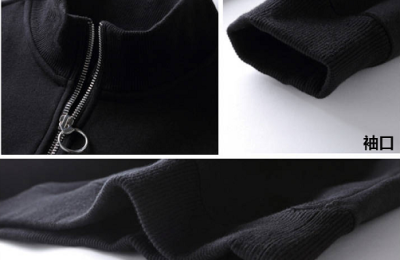PTFE nano mask cloth uses unique paste extrusion and bidirectional stretching technology to produce fiber diameters below 100nm. The fiber cross-sectional area is only 1% of pp meltblown fiber. These nanofibers are staggered to form a network. The shape structure has very good filtration efficiency, which is enough to effectively protect bacteria and viruses, and has the characteristics of high efficiency and low resistance.
Although the size of the new coronavirus is very small, about 100 nanometers (0.1 microns), the virus cannot exist independently. Its main transmission routes are secretions and droplets when sneezing. The size of the droplets is ?5? microns. Right and left, this is one. Second, melt-blown cloth is essentially a fiber filter. When virus-containing droplets come close to the melt-blown cloth, they will also be electrostatically adsorbed on the surface and cannot pass through.
The surface of the ptfe nano mask cloth is composed of 100~200 nanofibers staggered into holes. After the fiber diameter is reduced to the nanometer level, the surface area increases, the pore size becomes smaller, and the pore volume increases, which can effectively block PM2.5.
It also has a fibrillar microporous structure with a porosity of more than 88%, 1.4 billion micropores per square centimeter, and a pore size range of 0.1μm-0.5μm. This film is laminated on various fabrics and substrates using a special process. material, it can become a new type of filter material.
It is a ptfe nano mask cloth manufacturer specializing in R&D, production and sales.
The materials of the products produced by our company are all imported raw materials, with high uniformity, stable performance and good breathability.
It also has high filtration efficiency and can meet the filtration efficiency level requirements of sub-high efficiency, high efficiency and ultra high efficiency filters.
</p



